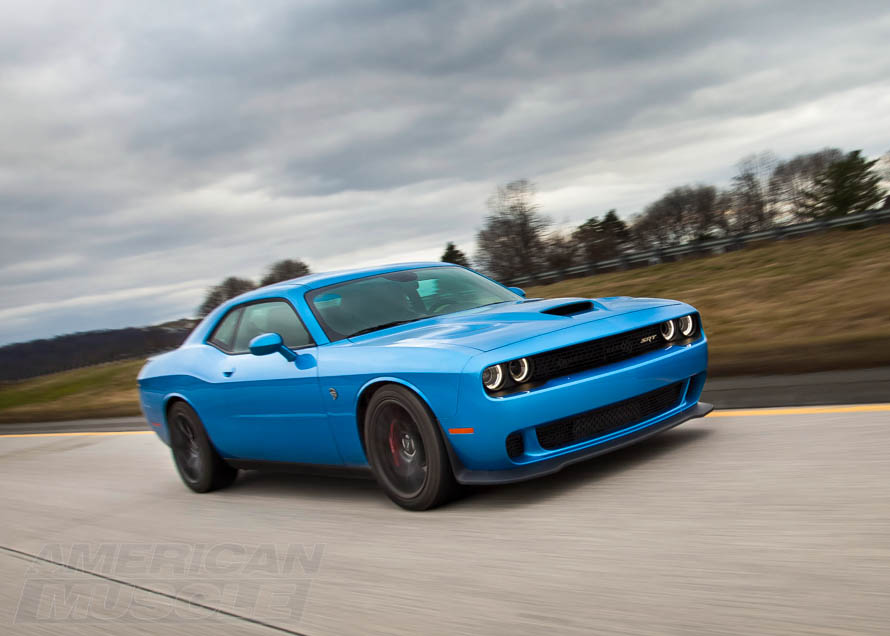In stock form, 2008 Challengers are great cars. They hit the standard of everything a modern muscle car should be and even raised the bar a few times. They are muscle cars though, and owners will modify them as soon as they can. When you first got your very own third-generation Challenger, the first thing you imagined doing was hooking it up with a proper exhaust. There’s no arguing they already sound pretty beastly with factory equipment, but it’s a Challenger; the name goes hand-in-hand with that signature Chrysler roar of power.
Contents
Shop Challenger Exhaust Systems
Changing exhaust systems is like changing the personality of an engine, and the Challenger is no exception. Most of us enjoy hearing our engine's voice of the static of road noise, but all of us enjoy the added power benefit of a streamlined exhaust system.
